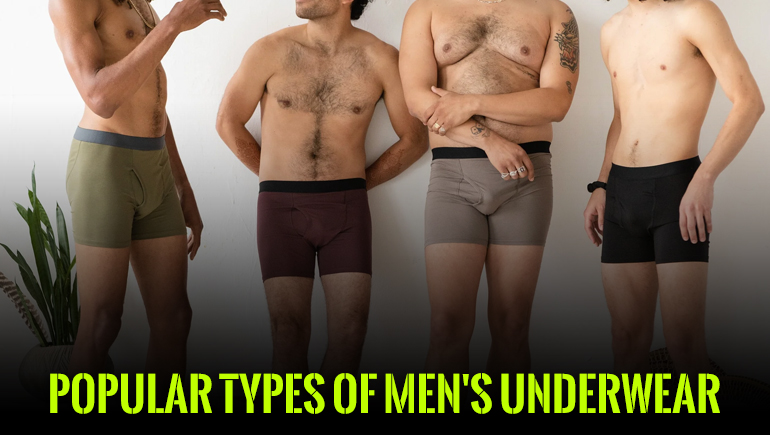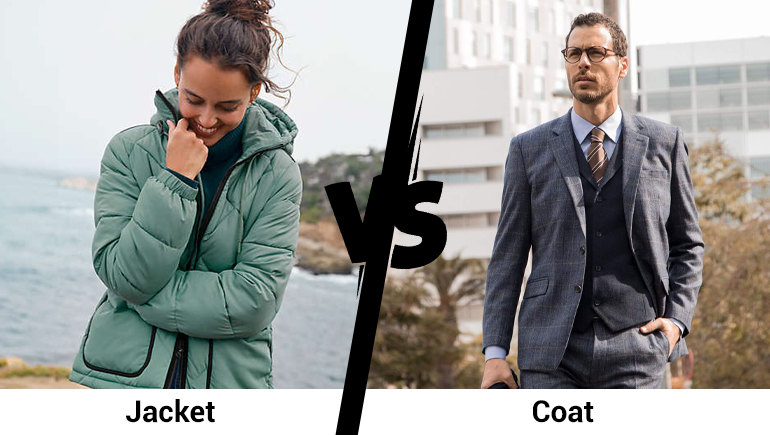
When was the last time you felt like nothing could slow you down in your gear? Was that by chance? Nope. That feeling? It’s your sportswear doing its job.
Whether you are an athlete or a fitness coach, you need perfect sportswear for your performance and comfort, but sportswear is available with so many options. How do you know which fits your needs?
This guide will discover 10 types of sportswear and help you choose the suitable gear. You will learn what makes each type unique so you can play, train, and look great doing it.
Sportswear is clothing for physical activity and athletic performance. Designed to move with you, it powers performance while keeping you completely comfortable. Want to know about its core features?
From high-intensity workouts to team competitions, the right gear fuels your performance and style. Let’s explore the top sportswear types that combine comfort, durability, and athletic edge.

With a focus on airflow, flexibility, and moisture control, athletic gear is made for active lifestyles and sports. These clothes move with you when you're running, working out, or practicing yoga.

Functionality and style are combined in activewear, which is appropriate for both social occasions and workouts. You don't need to change your clothes to go directly from training to brunch.
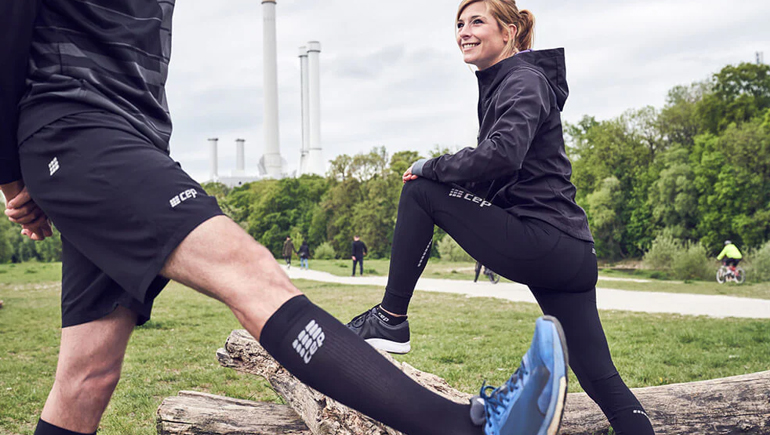
Wearing compression clothing promotes blood flow, lessens muscle soreness, and facilitates healing. Athletes love it for both practice and post-workout wear.
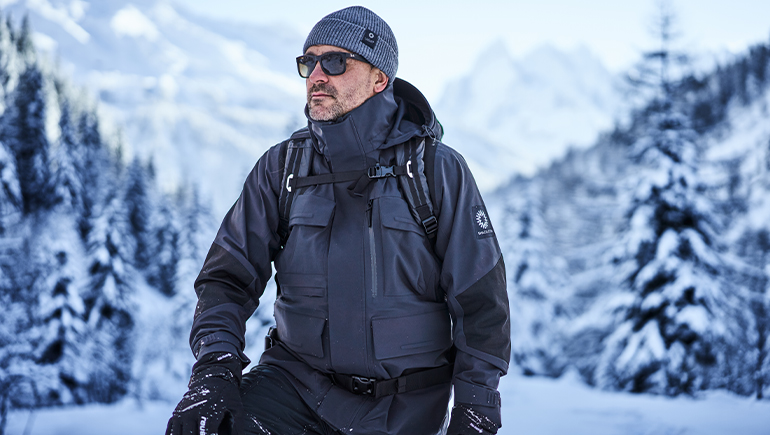
This category contains clothing and accessories made to keep you breathable while shielding you from elements such as rain, wind, and cold. It looks fantastic for training outside or in severe weather.

Convenience, breathability, and a harmony between softness and rigidity are the key components of yoga gear. It is made to bend with your body and provide maximum movement.
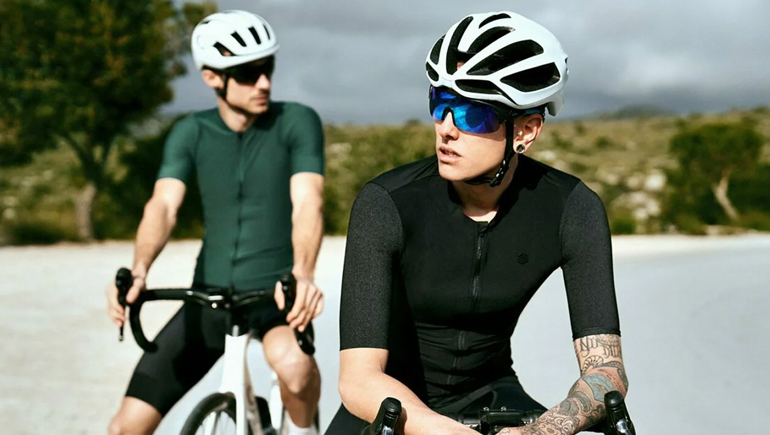
Cycling clothing is intended to improve aerodynamics, guarantee breathability, and effectively control sweating. Even on lengthy, strenuous rides, all of it is designed to reduce drag and keep you dry and at ease.

Running attire keeps you cool and comfortable for many miles since it is lightweight, wicks away sweat, and dries quickly.

Swimwear is designed for hydrodynamics, which lowers drag in the water and provides competitive swimmers with a snug yet flexible fit.

Air flow and freedom of movement are necessary for court sports. Clothes for badminton and tennis often feature stretchy, moisture-control materials for quick mobility.
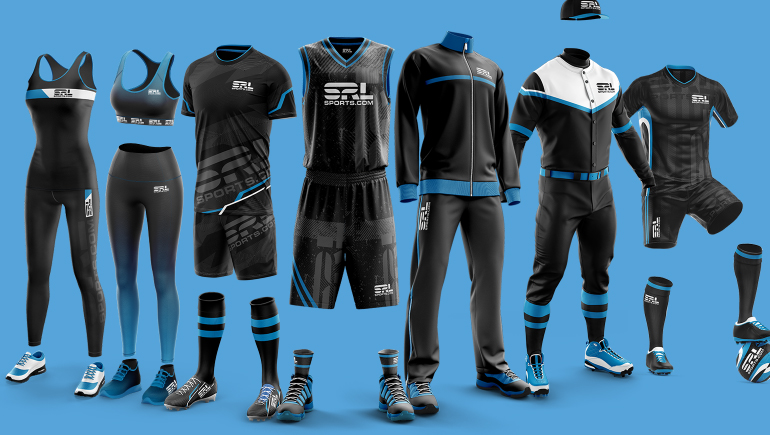
These uniforms for sports like basketball and football are made to withstand high levels of activity and sweating while displaying the team's identity.

Safety, comfort, and confidence are all important considerations when selecting sportswear. Here's how to figure out the ideal fit for each exercise or activity.
Use synthetic and sweat-managing fabrics for intense activities. For casual wear, Breathable cotton blends are suitable. To regulate your body temperature in cold conditions, pair sweat-wicking bases with detachable insulating layers.
Choose sportswear with seamless designs to minimize irritation and prevent chafing during movement. Moreover, ensure the fit is snug but comfortable to allow a full range of motion. For high-impact activities, consider wearing compression garments, which help support muscles, improve circulation, and reduce fatigue.
Different environments and seasons demand different features to keep you comfortable, protected, and focused.
UV Protection in Summer & Hot Weather: Look for clothing with built-in UPF (Ultraviolet Protection Factor) to shield your skin from harmful rays.
Quick Tip: Fabric performance should always take priority over appearance. The best sportswear is breathable, firm yet flexible, comfortable, and designed for movement, making it seem like a second skin.
Sportswear is your performance companion, not just a piece of clothing. Having the right gear improves every activity, whether you're working out at the gym, riding a bike on trails, or unwinding afterward.
Want to discuss more? Feel free to contact Vel Clothing via email at sales@velclothing.com. Join hands with us today and see how we can assist your brand to grow in the competitive industry.
